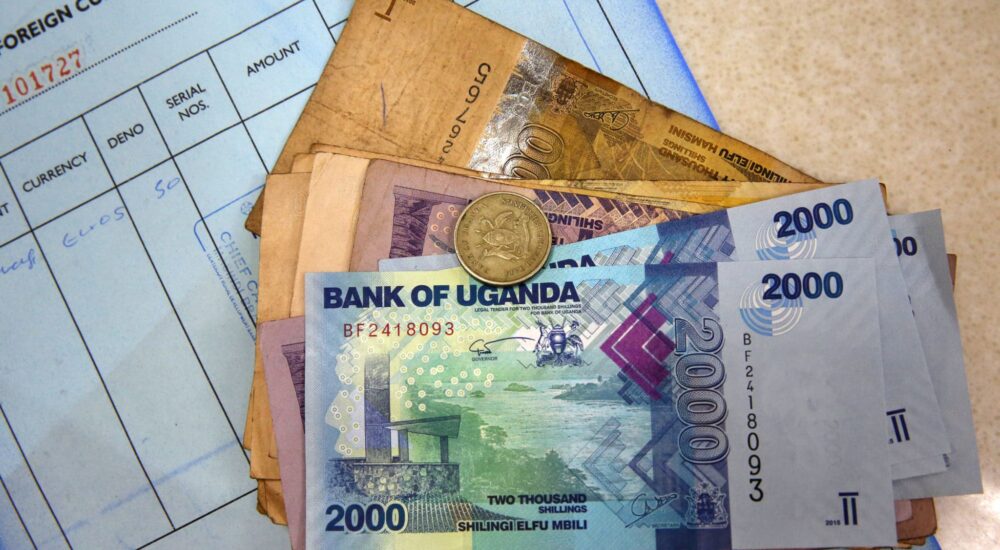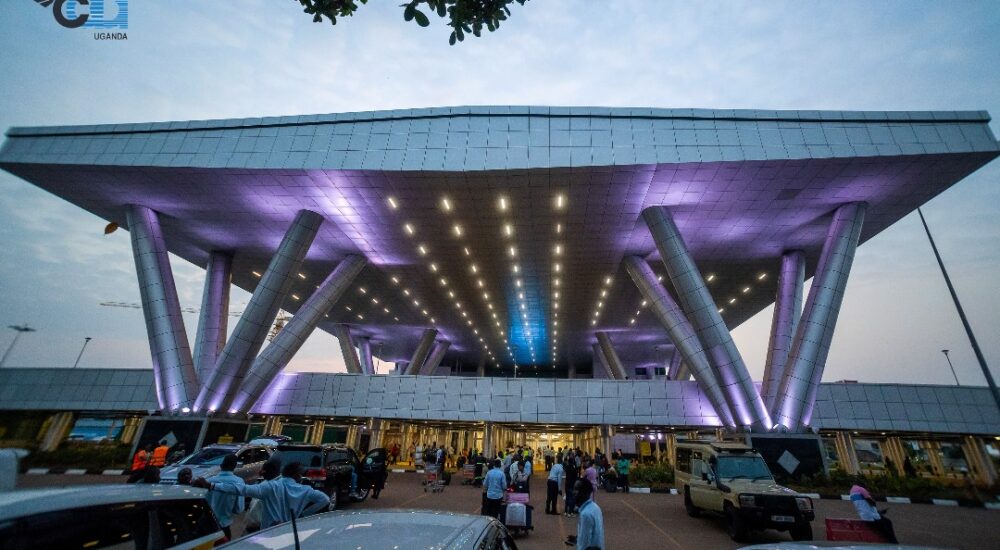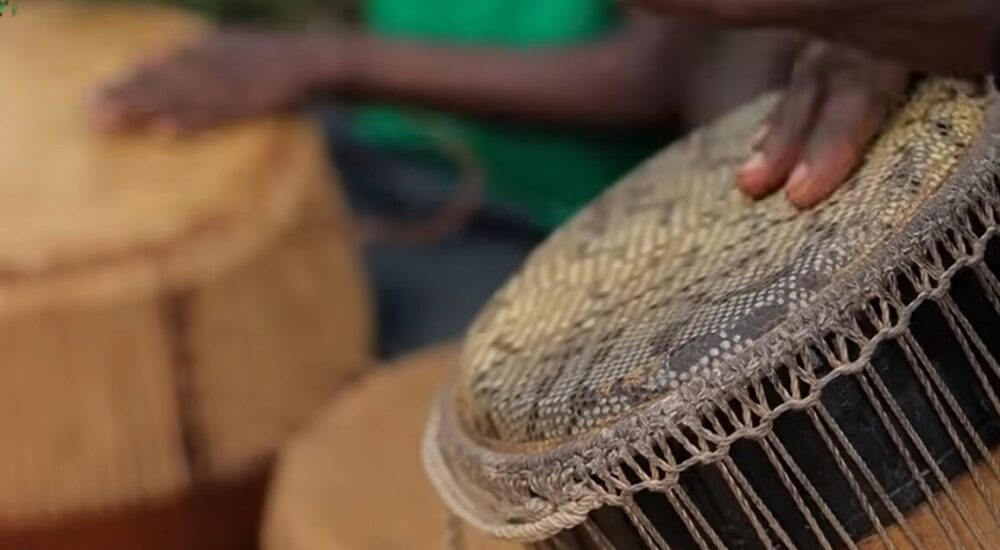Uganda, also known as the "Pearl of Africa," offers an array of experiences for travelers—from…
Mundari Tribe
Mundari Tribe, South Sudan’s Mundari Tribe. About 70,000 to 100,000 people from the Mundari tribe still live in the area 75 km outside of Juba, South Sudan’s city. After a 21-year civil war, South Sudan became independent from the Republic of the Sudan in 2011. It is now the second youngest country in the world. There were Mundari groups that formed commando units during the war and were led by the current governor of the Central Equatoria State.
The Mundari are an ethnic group that has lived in the Nile valley for a very long time. Their main home is about 75 kilometers to the north, where they live next to the Nile River. A river called the White Nile runs through their land to the east. It is a major water source for animals.
Dogs are always thought of as man’s best friend, right? Meet the South Sudanese Mundari people. Since it became independent in 2011, South Sudan has been through a lot of fast changes. It is the world’s smallest country. Peace that seemed like it would last has turned into civil war, and there are still big problems between tribes.
The Mundari people live along the Nile, north of Juba, which is the capital of South Sudan. They set up moving cattle camps there so that their very valuable cows can find green, fresh grass to eat. What kind of cows are these? They are Ankole-Watusi, a horned breed that is called “the cattle of kings.” For Mundari people, these cows are the most valuable thing they own; each one can fetch between $400 and $600. These cows are also used to pay the bride price so that a young Mundari boy can get married.
During the dry season, the Mundari and the Bor Dinka are always fighting over cow raids.
Getting around
Mundari-land is a grassland with trees on both sides of the Nile. The western part is drained by a number of seasonal and permanent streams. When it rains, the area becomes swampy. As an agrarian people, the Mundari depend on farming and raising animals for their living. Most of the crops grown are sorghum, corn, groundnuts, and simsim. There are a lot of cattle, goats, and sheep that the Mundari raise as mediums between people and the gods’ world.
Making Friends
There are different types of exogamous agnatic lineages in Mundari culture. There are landowner families living in a chain of hamlets. Each hamlet is run by a family head, and the number of families ranges from about 15 to more than 50 adult men. A hamlet is home to an older man, his married sons and their children, as well as many maternal cousins who have moved in with them.
It’s possible that the hamlets are next to each other, making a town, which is a loosely defined group of homes. For water and grazing land, smaller Mundari villages often share with bigger Mundari villages. These villages are made up of minor lineages or small landowning groups.
In the hamlets and cow camps, social events bring the people together. New ties of shared residence form when neighbors help and amuse each other with daily tasks. However, the strongest ties still exist with family members who lived in the old hamlets and are automatically called upon in times of need.
The Mundari value generosity very highly. People who are mean, greedy, or cheap may be punished by being featured in humorous songs or being teased or turned down in the girls’ courting huts. Some people think that being annoyed and grumbling by mean people will make them sick.
People don’t like it when important people act rudely, like eating at home instead of sharing food in the hamlet kraal. The Mundari culture stresses the value of sharing, and the young people learn to be kind by trading pipes, necklaces, and bracelets all the time and giving away things they don’t need right away.
Do Mundari people believe in God?
In contrast to nearby groups like the Dinka Tribe, whose members have mostly become Christians, the Mundari People have maintained their pagan beliefs. The mundari are part of the Nilotic tribes that live in South Sudan and Uganda. As a way for young men in the mundari tribe to become adults, they practice symbolic scarification.
What do people from the Mundari Tribe eat?
You might be surprised to learn that people from the Mundari group almost never eat their cows. But they mostly drink milk and yogurt that has been mixed with cow urine. They also fish in the nearby Nile River. Do you want to go on a trip to meet some of South Sudan’s oldest and most powerful tribes? If you want to talk to someone who lives in South Sudan, you can look at the deals below.
Mundari men will squat under steams of cow pee to stay mostly clean. They believe that the urine is a natural way to fight infection. It will also turn their hair orange. Based on the data collected, it was found that cow pee can be used as an antiseptic and can keep them from getting too hot. There are some very well-cared-for cows in the world.
We want you to join the ethnographic route and learn about some of the most traditional groups in Africa. South Sudan is the newest country in Africa, and tourists haven’t found it yet.
Where do the Mundari people live?
A group of people called the Mundari live in Terekenka county, right next to the Nile. The river floods during the wet season, but it also has higher areas with less rich, sandy soils that are good for farming during the dry season. About 900 millimeters (35 in) of rain fall each year. People take care of both crops and horses.
Even though cattle are a sign of wealth and milk, they are never sold or killed unless there is an emergency. The people who live in Jonglei State Lakes State have been hurt by Dinka Bor raids on cattle. In 2009, the government disarmed people in Terekeka county. As a result, the Mundari people had fewer weapons and were less able to protect themselves than the Dinka cattle thieves.
People eat a lot of different kinds of wild foods, like fruits, vegetables, and stems, especially in April and May, when there isn’t any other food around. From December to April is the time to hunt small game. People catch fish with spears, nets, and hooks made in the area during the dry season (January to March). Most of the time, big fish are caught here, but not for business reasons.
Life in politics
The land of the Mundari is split up into village chiefdoms. Traditionally, the borders of a chiefdom include important areas of political loyalty, social action, and religious membership. People whose ancestors stood for a group’s independence in the past still have power, even if they don’t have political power (like administrative chiefs appointed by the government).
Mundari chiefs are usually passed down through the male line and are called “chiefs of the country” (Mar lo jur) or “Mar lo Bay.” There is also the meeting shade and the council chief (“Mar lo toket”). People who do rain rites and shea tree rites have power, as do elders and people who run cow camps.
Music, art, and writing
Mundari culture is passed down verbally through dance, poems, songs (many of which are satirical to correct bad behavior in society), and other body language that shows goodwill, generosity, and other Mundari core values. Physical arts that show off Mundari culture have been made by them. They are very good at making weapons and decorating their bodies.
Scarification of the Mundari Tribe
The Mundari people in South Sudan have permanent body modifications called marks. These are made by scratching, etching, burning, branding, or cutting patterns on the skin, mostly on the face. After 6 to 12 months, the mundari scars are fully healed. In the process of body scarification, scars are created on purpose by cutting or tagging the skin in different ways, sometimes using more painful wound-healing methods at regular intervals, such as irritation.


